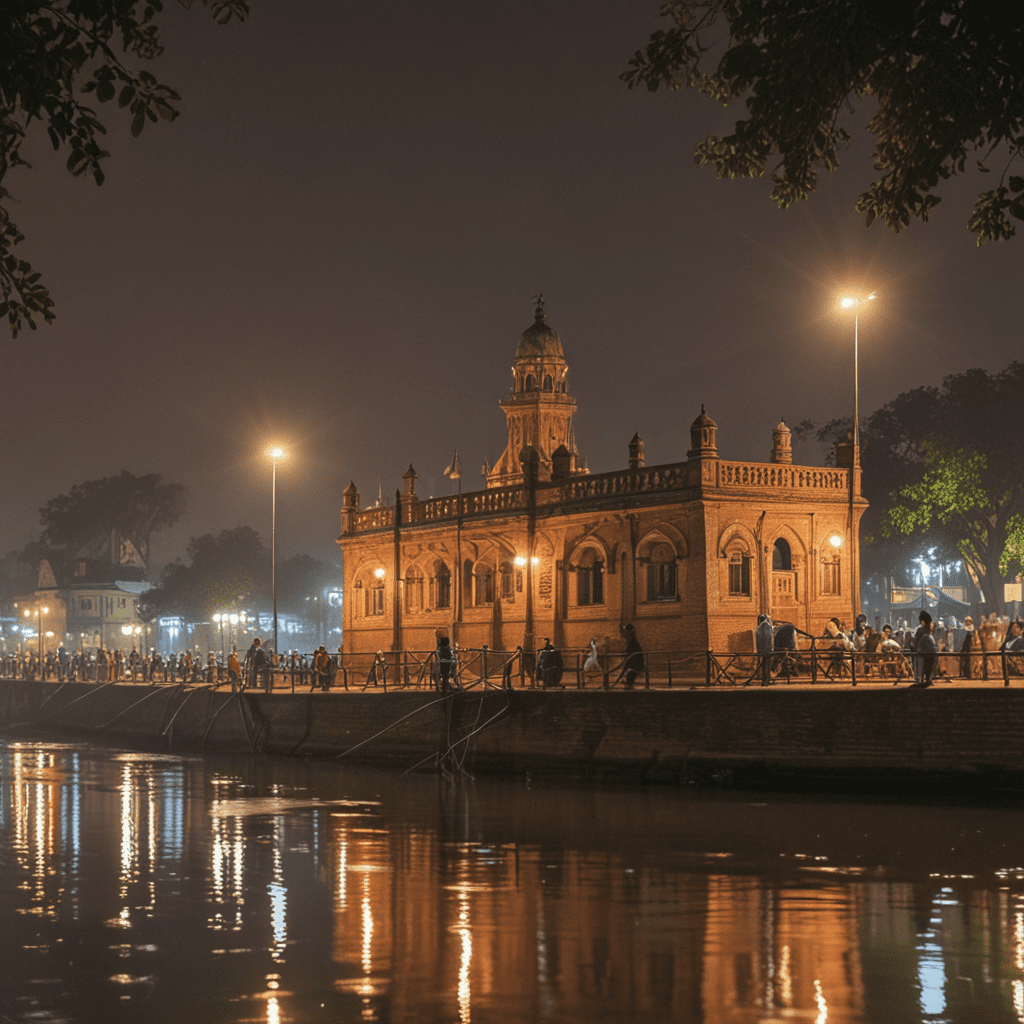
Introduction to Bagerhat
Nestled in the vibrant tapestry of Bangladesh, Bagerhat stands as a testament to the architectural ingenuity and historical significance that permeated the region during the Sultanate era. Recognized as a UNESCO World Heritage Site, this captivating city offers a glimpse into a bygone era, showcasing the architectural prowess and the cultural legacy that continue to inspire awe and admiration.
Historical Significance
Bagerhat's rich historical tapestry dates back to the 15th century, when it emerged as a thriving metropolis under the patronage of Khan Jahan Ali, the illustrious governor of Bengal. Ali's reign marked a period of architectural splendor and cultural growth, as he commissioned numerous mosques, tombs, and other structures that have left an enduring legacy on Bagerhat's landscape.
Architectural Wonders
Bagerhat's architectural marvels are a harmonious blend of Islamic and Bengali influences, showcasing the region's unique cultural heritage. The city is adorned with a multitude of mosques, each featuring intricate designs and distinctive architectural elements that reflect the skill and artistry of the era's master builders. Among these architectural wonders, the Shait Gumbad and the Sixty Dome Mosque stand out as exceptional examples of the architectural brilliance that defined Bagerhat.
Khan Jahan Ali and the Sultanate Era
The reign of Khan Jahan Ali played a pivotal role in shaping the architectural and cultural heritage of Bagerhat. As the governor of Bengal, Ali was instrumental in transforming the region into a flourishing center of trade, commerce, and cultural exchange. His patronage of architecture and his unwavering dedication to fostering a diverse and thriving society left an indelible mark on Bagerhat's history.
Shait Gumbad: The Crown Jewel
Undoubtedly the most iconic architectural masterpiece of Bagerhat, the Shait Gumbad is a magnificent octagonal mausoleum that serves as the final resting place of Khan Jahan Ali. Its soaring dome and intricate terracotta facade are a testament to the architectural prowess and the aesthetic sensibilities that prevailed during the Sultanate era. The Shait Gumbad stands as a symbol of the grandeur and opulence that characterized the patronage of the time.
The Sixty Dome Mosque
The Sixty Dome Mosque, as its name suggests, is an architectural marvel that features an awe-inspiring array of sixty domes. This iconic mosque stands as a testament to the sheer scale and grandeur that characterized the architectural vision of the Sultanate era. The intricate designs and geometric patterns that adorn the Sixty Dome Mosque reflect the exceptional craftsmanship and attention to detail that were prevalent during this period.
Cultural Heritage and Tourism
Bagerhat's rich cultural heritage and architectural wonders have made it a popular destination for tourists and history enthusiasts alike. The city offers a unique opportunity to delve into the past and witness firsthand the architectural brilliance that shaped the region. Bagerhat's cultural heritage is also reflected in its vibrant festivals and traditions, which continue to be celebrated with great fervor and enthusiasm.
Challenges and Preservation
Preserving Bagerhat's architectural legacy poses significant challenges. The passage of time, natural disasters, and urbanization have taken their toll on these historical structures. Conservation efforts are underway to protect and restore these architectural treasures, ensuring that they continue to captivate and inspire future generations.
Recognition as a UNESCO World Heritage Site
In recognition of its exceptional historical and architectural significance, Bagerhat was inscribed as a UNESCO World Heritage Site in 1985. This prestigious designation underscores the global importance of Bagerhat's cultural heritage and the need for its ongoing preservation and protection.
Conclusion
Bagerhat stands as a testament to the architectural brilliance and cultural legacy that flourished during the Sultanate era in Bangladesh. Its iconic mosques, tombs, and other structures continue to captivate and inspire, offering a glimpse into the rich history and cultural heritage of the region. Recognized as a UNESCO World Heritage Site, Bagerhat is a must-visit destination for anyone interested in the architectural wonders and historical significance of the subcontinent.
FAQs
What is the most famous architectural landmark in Bagerhat?
- The Shait Gumbad, an octagonal mausoleum known for its intricate terracotta facade and soaring dome.
Who was responsible for Bagerhat's architectural development?
- Khan Jahan Ali, the governor of Bengal during the Sultanate era.
What is the significance of the Sixty Dome Mosque?
- It is an architectural marvel featuring an array of sixty domes, reflecting the scale and grandeur of the Sultanate era.
Why is Bagerhat a UNESCO World Heritage Site?
- Due to its exceptional historical and architectural significance, which showcase the cultural heritage of the region.
What are the challenges facing the preservation of Bagerhat's architectural legacy?
- Time, natural disasters, and urbanization have posed challenges to the preservation of these historical structures, necessitating ongoing conservation efforts.

